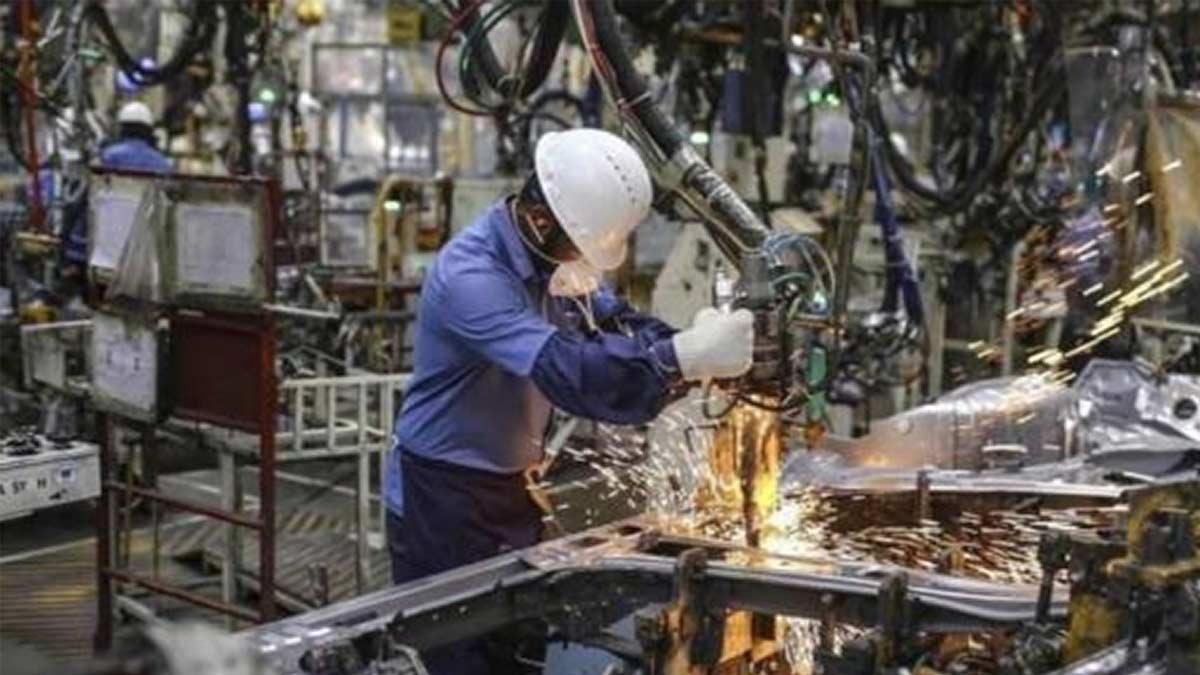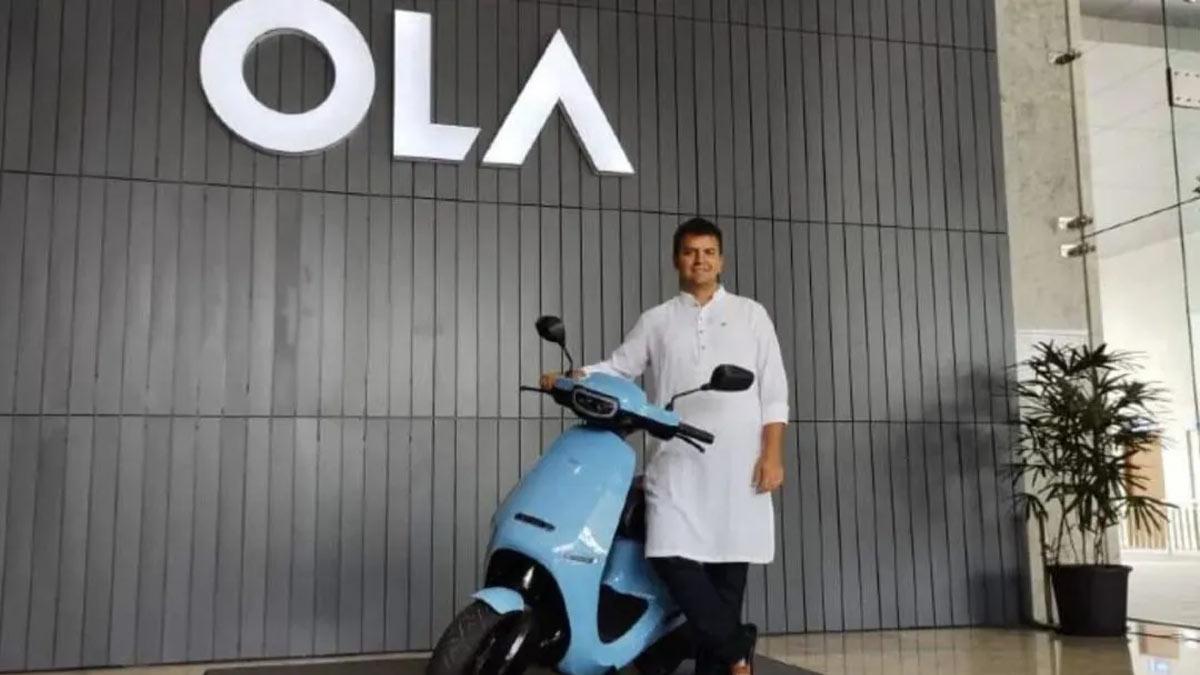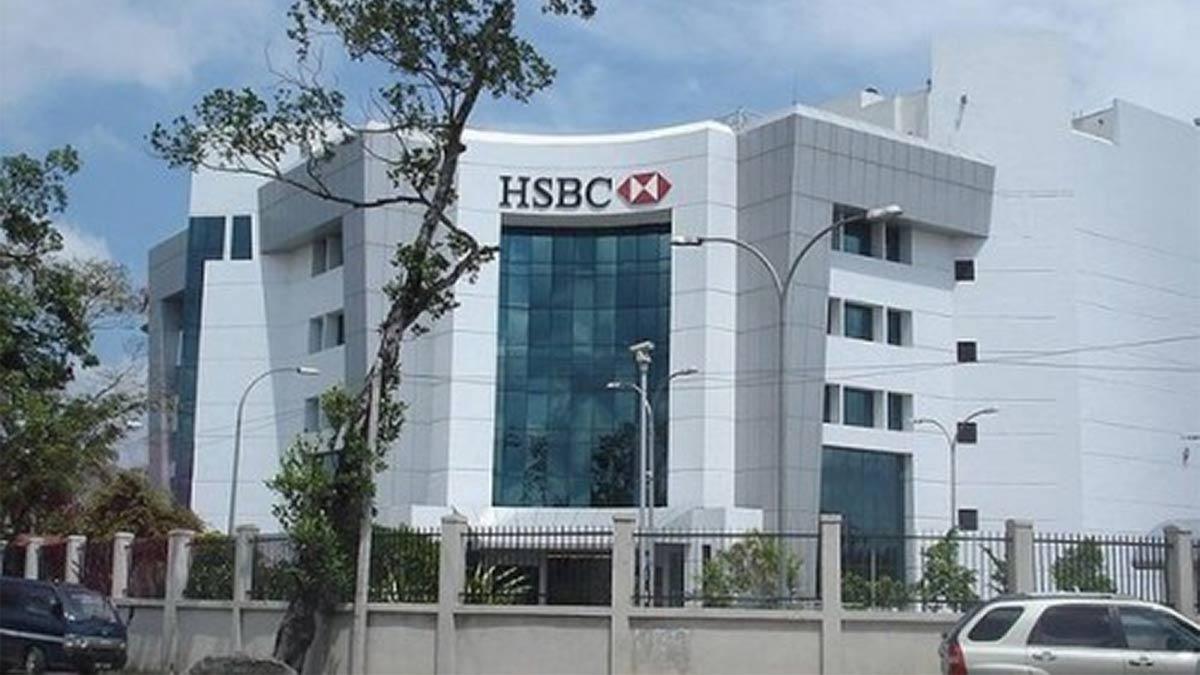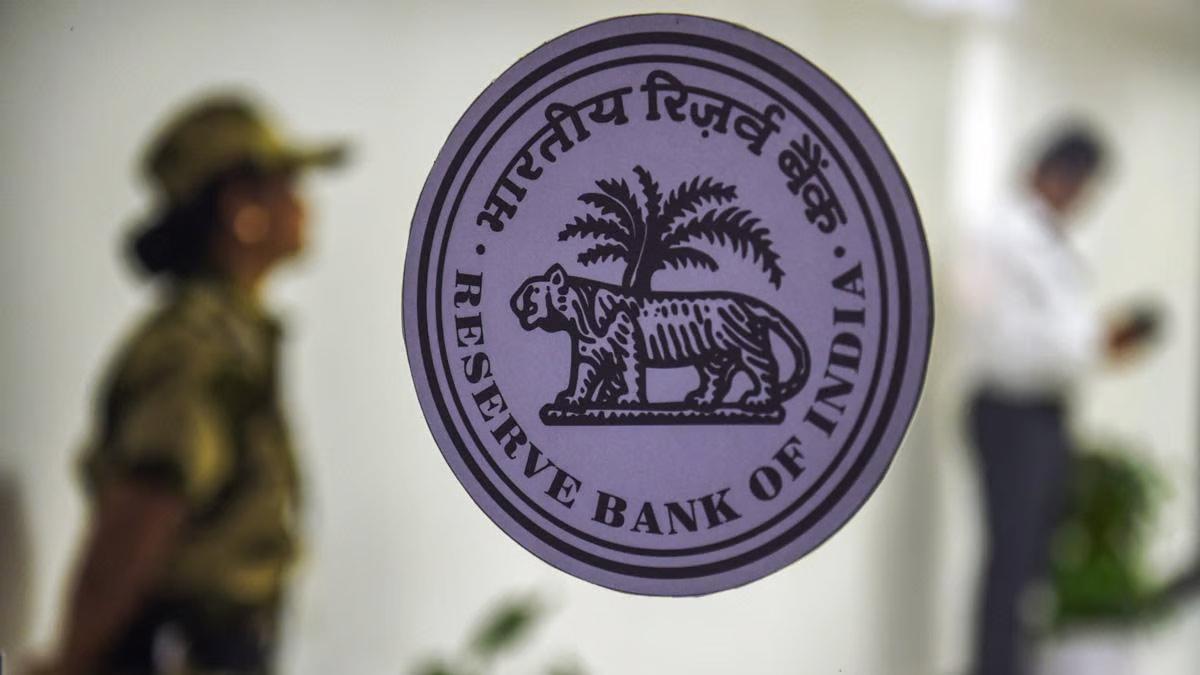India's factory sector recorded its strongest expansion in more than a year in June, led primarily by a strong surge in foreign demand that pushed up production and generated record hiring levels, a new survey showed.
As per the HSBC India Manufacturing Purchasing Managers' Index (PMI), released by S&P Global, the PMI at 58.4 in June was higher than 57.6 in May. This was a 14-month peak and significantly above the long-term average of 54.1, indicating an overall improvement in manufacturing conditions.
The report identified that external demand was the prime driver for the performance of the sector.
Firms also greeted one of the quickest rises in outside orders in more than 20 years of surveying history. Producers of goods raised input purchasing to the highest level in 14 months, which helped to fuel further growth in inventories of purchases," the survey said.
Producers increased output at the fastest pace since April 2024, driven by rising demand, higher sales volumes, and better operating efficiency. While intermediate goods producers dominated this acceleration, the survey detected a deceleration in the consumer and capital goods segments.
Export demand, especially, experienced a sharp increase.
New export orders growth accelerated significantly in June. The pace of growth was the third-fastest since data collection began in March 2005. Companies reported solidly rising demand from all over the world, with the US being cited more often," the report added.
Following a flat May, the manufacturing sector reported higher backlog of work in June. This, together with optimistic sales, prompted the survey-high rate of hiring ever since the survey started, mainly due to short-term hiring.
"Strong end-demand drove increases in output, new orders, and employment," stated Pranjul Bhandari, HSBC's Chief India Economist.
She also added,
To maintain pace with robust demand — most notably from overseas markets, as indicated by the sharp increase in new export orders — Indian manufacturing companies had to draw deeper into their inventories, resulting in the stock of finished goods continuing to dwindle. At last, input prices eased as average selling prices increased as some manufacturers transferred additional cost burdens to customers.
While iron and steel prices went up, overall input cost inflation softened to its four-month low.
"Average selling prices were significantly higher, though, as a number of companies attempted to pass on further cost costs (freight, labour and materials) to their customers. Upward revisions in some cases were attributed by companies to buoyancy in demand," the survey added.
As the employment market across the industry boomed, the overall mood for production in June remained positive. However, the report warned that fears over inflation, competition, and changing consumer tastes might curb enthusiasm in the subsequent months.
Read also| India’s Pharma Exports Surge to $4.9 Billion in April–May, Reports Pharmexcil


















